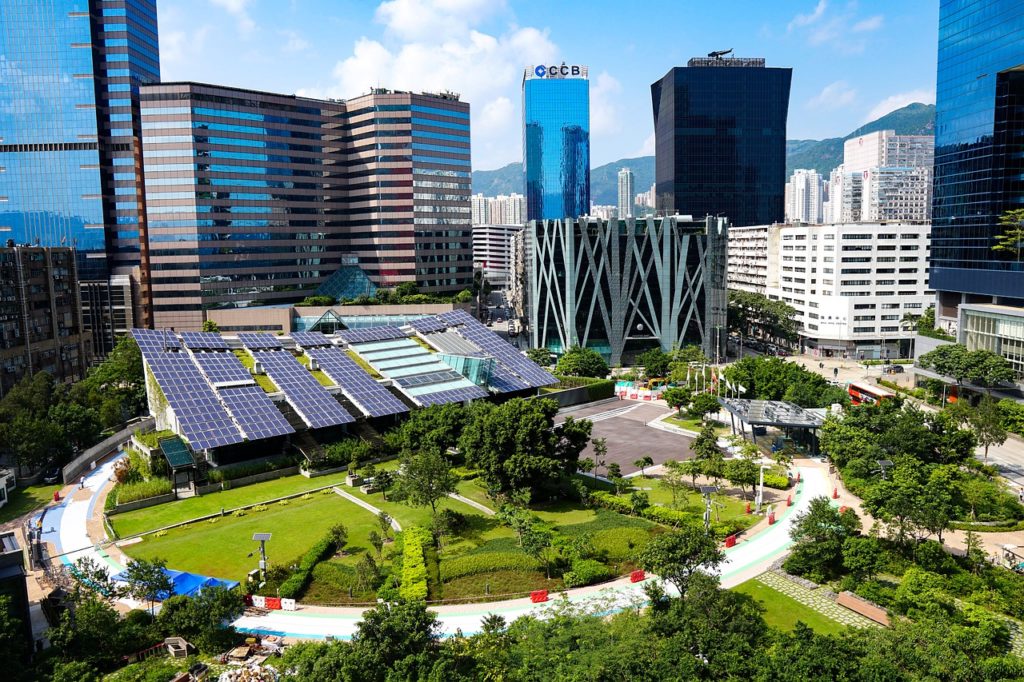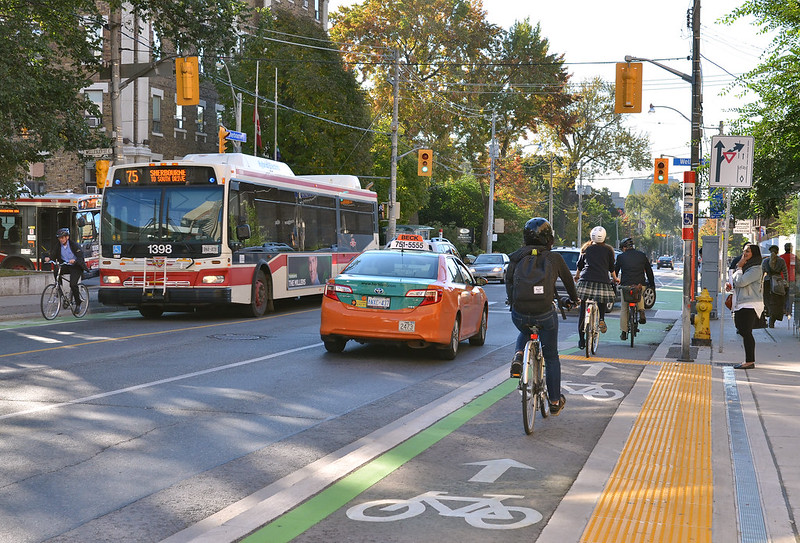LGC is working to understand COVID-related impacts on local governments and communities. As this landscape is quickly evolving, with the help of a grant from The California Endowment, we’ve examined how some of the key issue areas are playing out and developed a factsheet series on the links between pandemic recovery and long-term resiliency strategies.
Pandemic Recovery and Beyond

Outlining the challenges of fire resilience, the importance of fuel load reduction, and the need for intentional coordination across jurisdictions and government levels.

Outlining the effects of water utility shutoffs on California households, the impacts of unpaid water bills on Water Agencies, and highlights state actions to address water challenges exacerbated by the pandemic, while providing a series of Legislative recommendations and next steps.

The pandemic highlights the potential of streets to create safe, healthy, and vital places for active transportation, commerce, and community expression. In this transition and beyond, communities can calm streets and improve outdoor space to help businesses and neighborhoods recover and prosper.

Local decision-makers are grappling with budgetary impacts and difficult spending decisions in the wake of a year of unprecedented crises. This online brief provides insights into how sustainability staff can more effectively improve financial conditions and build long-term economic, social, and environmental resilience.

Amid shelter-in-place orders during the pandemic, public- and private-sector entities implemented telework policies and practices at an unprecedented scale. Telework measures suggest a number of environmental and economic benefits for businesses, employees and local governments.

Broadband access is critical to strengthening a community’s resilience and creating post-pandemic prosperity. However, it’s not fully developed nor equally available and affordable to everybody. Even in tech-pioneering California, the digital divide persists for both rural communities and low-income neighborhoods.

Transit systems are essential, and a cornerstone to sustainable and equitable communities. Public transit often serves as the main mode of transportation for nearly one in ten American households that do not own a car, a need that is comparable whether located in an urban or rural county.
